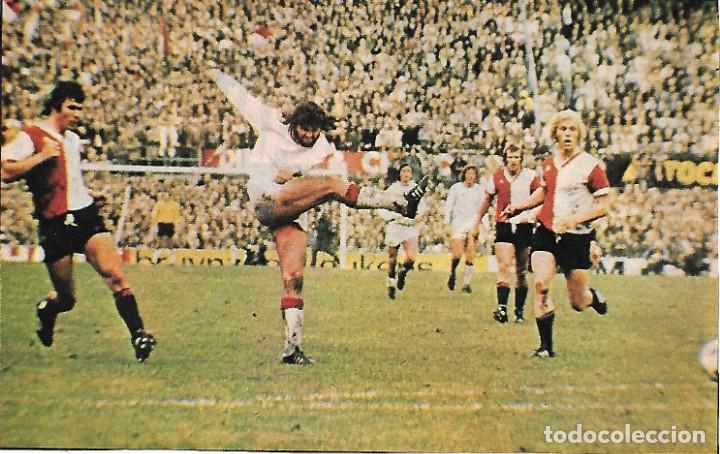Articles
Your one stop shop for all your health and safety resources
Behavior Based Safety – Can it Really Make a difference?

Safety: the journey to where we are now
It’s a safe assumption that most people in industry are interested in making the workplace safer. Many approaches have been tried, and most of them have shown at least some success. Here are just a few of the more prominent over the years:
- Surveillance – hiring several workers such as safety watchers to watch what others do and advise people seen breaking the rules, report the breach to management, or both.
- Penalties – a wide range is possible including fines, transfer from the work in question to other work which may be less rewarding, and (the ultimate sanction) dismissal
- Training – ensuring that safe working practices are taught on induction and in subsequent refreshers
- Guidance and procedures
All of those, valuable as they are, are external to the worker whose behavior the company seeks to make safer. They act on the worker; they don’t become part of the worker and there is generally no overall assessment to ensure worker interactions with the work environment is analyzed to understand how the workplace could influence behaviors.
Behavioral-based safety, on the other hand, aims to operate inside the worker by reaching the levers that determine how each of us acts. It does so by taking into consideration that various aspects that can impact health and safety within a business such as culture (both organizational and personnel), overall knowledge, status of operations and general leadership styles influencing the decision-making processes within a business.
Total Safety Culture
As a football fan, I remember fondly watching the Ajax Amsterdam and Dutch football sides of the 1970’s led by the famous Yohan Cruyff at the time. “Total Football” was the term given to their style. A reference to a tactical approach in which any outfield player can take over the role of any other player in a team.
The system allowed Ajax Amsterdam and subsequently the Dutch national team to achieve unparalleled success both domestically and internationally.
A key to their success was their ability to understand how every part of the team best interacts with the other and a strong consensus that every part of the unit is equally essential to the collective success.
A Total Safety Culture refers to an organization that fully integrates health and safety within it’s operation and sets it as a keystone habit that provides a foundation for achieving its overall objectives.
It would be difficult to find an employer or employee who didn’t endorse the idea of building a total safety culture. A total safety culture cannot exist until the people operating inside it see safety not just as something they have to think about but as a core element, a fundamental part of who they are. In a total safety culture, each individual takes responsibility for their own safety and the safety of everyone else on the site. And taking responsibility means doing so in a proactive way rather than sticking to laid-down procedures – looking out for danger and forestalling it rather than just following rules.

What is behavior-based safety?
At first glance, the answer to that question seems simple: it’s safety that arises from the behavior of everyone connected with the site, from management on. But how is that to be achieved? A noticeboard at the entrance to a site giving the number of days since the last reportable accident or incident on that site is worth having because it reminds everyone crossing the threshold that safety is important and that accidents should be avoided. But it isn’t behavior-based safety.
If research into why there has been no reportable accident or incident on the site in the past six months reveals that the absence is due to regular surveillance of the workforce and the installation of guards, safety rails and the like then that, too, has been worth doing. But it isn’t behavior-based safety.
If the same research shows that the clean sheet is the result of beliefs and understandings about safe practice becoming internalized in the mind of every employee – that is behavior-based safety. Behavior-based safety is not about what people do – it’s about why they do it. No site where the only reason for maintaining safety is obeying the rules (rules, let us remember, that have been put in place by others) will remain consistently safe. To achieve consistent safety, it’s necessary for people to understand why they do what they do and to be motivated to behave safely at all times for their sake and the sake of those around them.
How does that internalization take place?
A number of things are necessary, and they involve management as well as workforce, but the most important is to achieve an understanding of why people do what they do. To take one simple example, a company employed several workers whose job was to operate acoustic drills. Acoustic drills can be very loud, especially when operated in enclosed conditions, so the company provided ear defenders and mandated their use; not wearing them was against the rules. And yet, a significant proportion of the men only wore ear defenders when a member of management was nearby (and sometimes not even then).
It became clear that some operators were suffering from diminished hearing at far too young an age. The company tried all the usual measures (notices, increased supervision, warnings, generic training programs etc.) but with little success. They were dealing with the problem’s surface and not grappling with the underlying reasons. Asking individual men why they didn’t wear ear defenders produced no worthwhile result. Then they held a focus group, attended by men who wore ear defenders and men who didn’t – and the answer became clear. The men who avoided wearing ear defenders did so because they thought wearing them was insufficiently macho. Now that they had the reason, they could work on the fix.
Elements of behavior-based safety
- You need to examine the motivation behind the way people behave, and that is likely to mean looking at safety procedures in a different way
- Focus on how safely people are working and not on how long it is since the last accident. If you only focus time since accident then, sooner or later, the next accident will occur. To achieve this:
- Address work yet to be done (leading indicators) instead of what has already happened (lagging indicators)
- Give feedback and find ways to reinforce good safety behavior
Why it matters
Companies with a good safety culture are more profitable, have more motivated employees and get work done on time because they avoid interruptions caused by accidents. They have also realised that having a behavior approach to addressing safety problems has strong implications on the efficiency of the operation as a whole. What could be more desirable an end than that?

For further support on developing your internal organizational BBS program, Visit Behaviour Based Safety Training | BBS Safety Programs | Demoura Lawson Consulting (demoura-lawson.com)
Submit form
+ Training
+ Consulting
+ Support Services
+ Professional Development
Let us know which service you are interested in:
Please complete the form below and a member of our team will be in touch within 1-3 business days
Thank you for your interest in Demoura Lawson Consulting
Contact Us
Qatar: Unit Office No. 1905: 19th Floor, The E18hteen Tower , Bldg 230, Street 303, Zone 69, Lusail Marina , Qatar
Tel: +974 4445 9206
Saudi Arabia: 3121 Imam Abdullah Bin Saud Bin Abdulaziz Road, Ishbiliyah, Riyadh 13225, Saudi Arabia
Tel: +966 50 685 6910
ADD A COMMENT